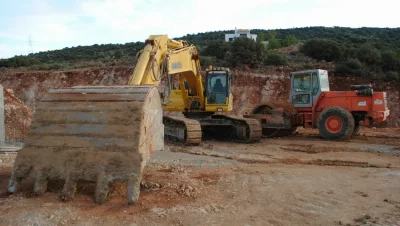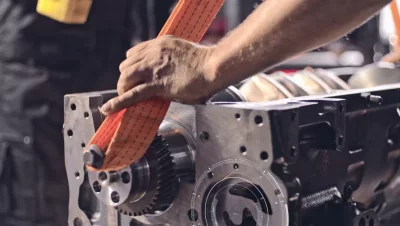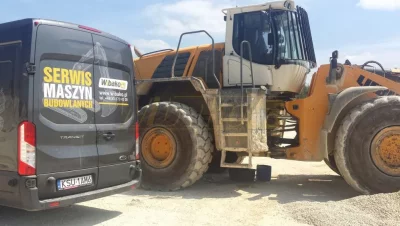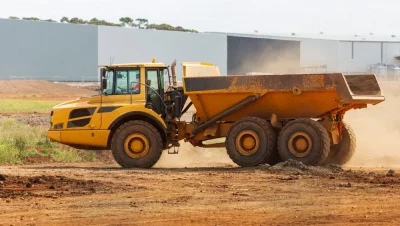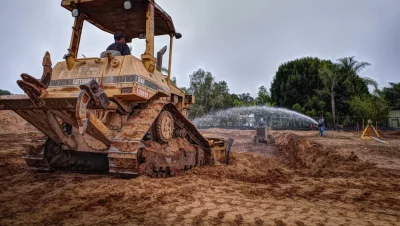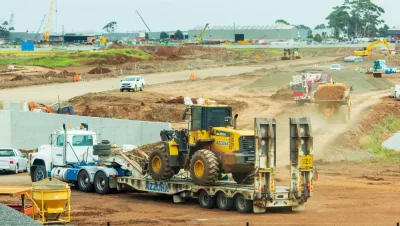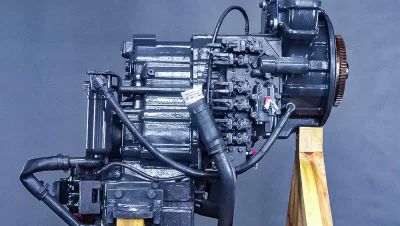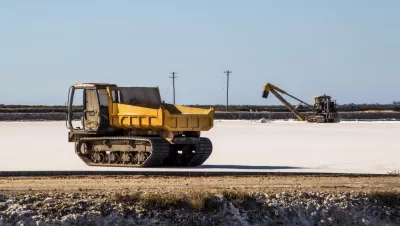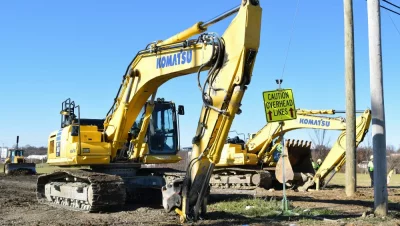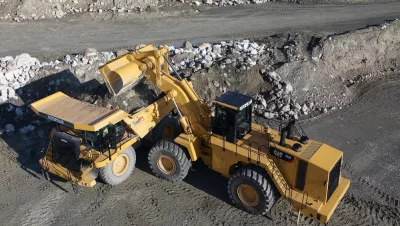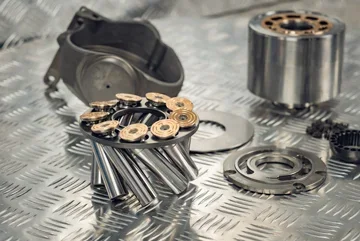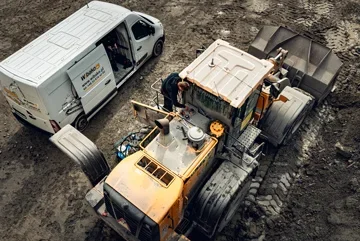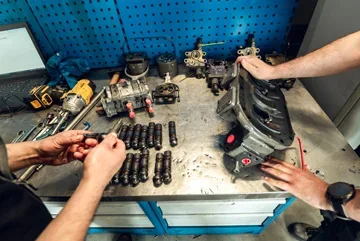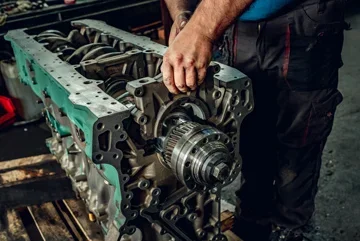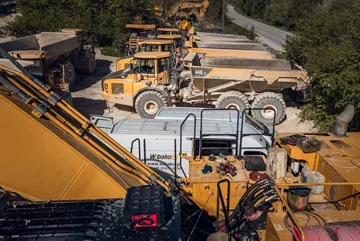Operating machinery - how to do it well and safely?
So far, our guides have mainly discussed technical issues related to the proper operation of construction machinery.
This time, we will talk about the absolute basics. In this text, the reminders or perhaps even realizations of the rules that must be followed in order to safely operate the machine - safely, meaning with the lowest risk of accident and serious failure.
It's worth reading, as many of these rules are trivialized on Polish construction sites.
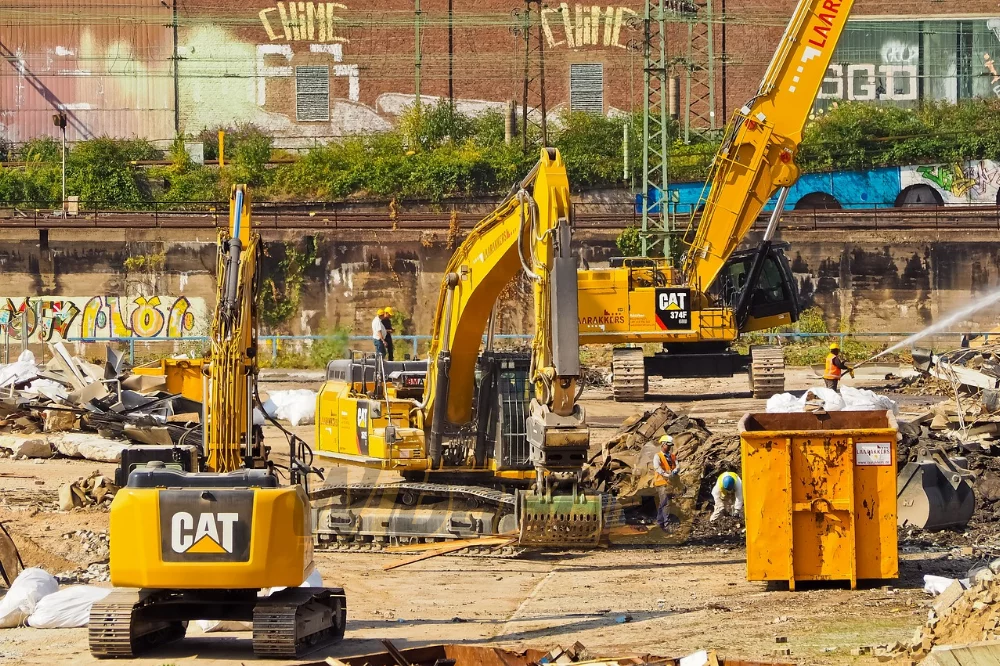
Awareness of hazards
Working on a construction machine has always been and will be dangerous, despite the fact that manufacturers do a lot to increase the safety level of operators.
There are many hazards in working on a machine, such as the risk of damaging technical infrastructure (high voltage lines or gas installations).
Therefore, before allowing the operator to work, he should be familiarized with the basic safety rules, with a strong emphasis on training and the introduction of strict regulations within the company.
Training, improving the qualifications of operators
A construction machine can only be operated by a person with appropriate permissions and a current medical certificate confirming the ability to work as an operator.
The employer's duty is to send employees for required examinations and periodic training. In addition, it is definitely worth investing in vocational training for operators, which significantly increase their competences and skills, and also allow them to keep up with health and safety regulations.
Let's also remind that every newly hired operator must familiarize himself with the general instruction and the workstation instruction, as required by health and safety regulations.
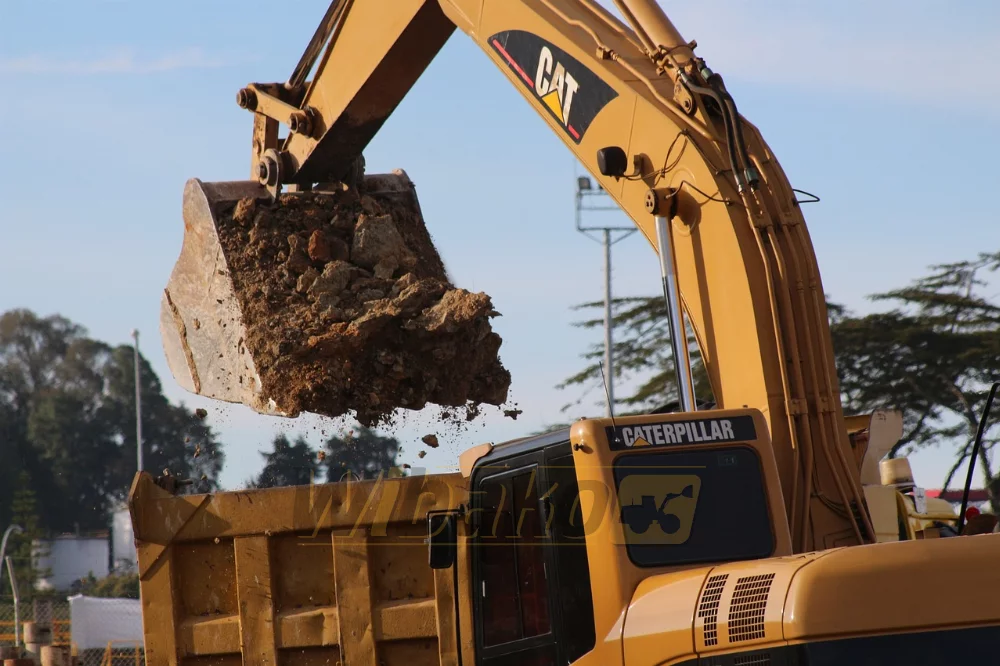
Good knowledge of the machine
The starting point for working on a machine is always its DTR, i.e. Technical and Operational Documentation. It is the operator's duty to familiarize himself with this documentation and to regularly refer to it later.
In the DTR, we will find all the manufacturer's recommendations regarding safe work on the machine. It contains a technical description of the machine, the scope of permissible work, and also information about the type of additional equipment used.
Before starting work
The operator should have the habit of inspecting the machine each time before starting work. In the morning, it is worth checking for any leaks, whether the engine oil level is correct, whether there are any visible mechanical damages, etc.
Let's also remind here that the operator has the right, and even the duty to refuse to start work if his safety is in any way threatened due to the malfunction of the machine.
Moreover, it is forbidden to use machines without appropriate safety and signaling devices. If, however, the working conditions conflict with safety standards, the operator is obliged to inform his superior about it.
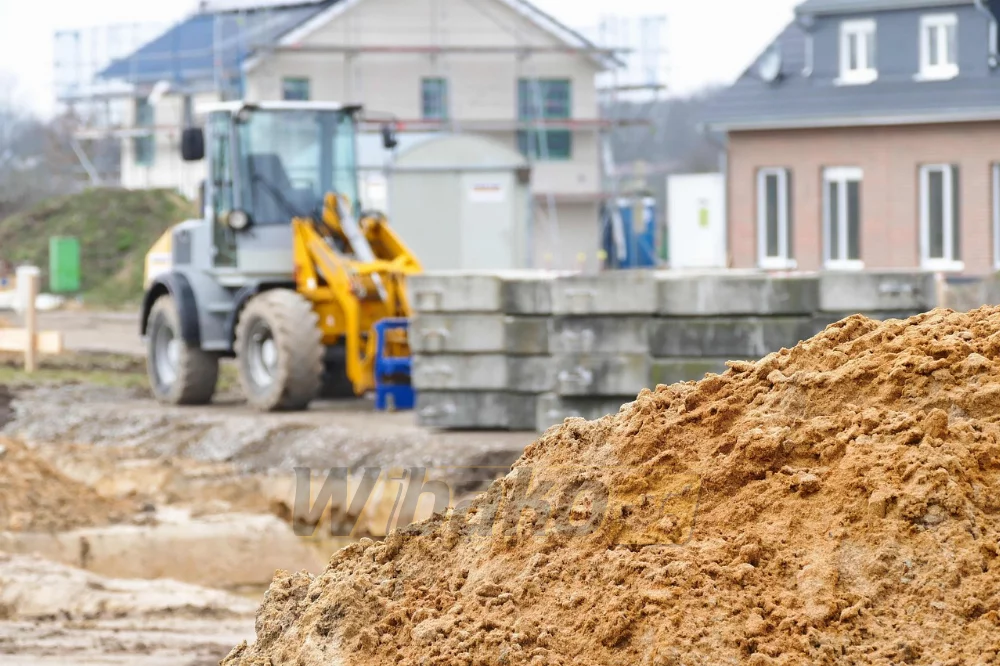
Risk assessment
Before starting work on a construction site, it is necessary to carry out a risk assessment for the task, i.e. to examine and prepare the place of work. It is necessary to check the ground resistance and identify potential hazards in the form of, for example, high voltage lines running near the work site.
After taking these factors into account, a dangerous zone should be designated, which should not be smaller than the working range of the machine. The place of work should be properly marked with warning signs and protective railings.
Finally, important factors that have a major impact on the safety of working on a construction machine:
- Good psychophysical condition of the operator - the employee must be rested and cannot be under the influence of alcohol or other psychoactive substances,
- Wearing work clothes and personal protective equipment,
- No smoking while refueling the machine,
- Waiting for the engine to cool down before checking the coolant level,
- Ensuring efficient ventilation during the start-up of the machine in a closed room,
- Being careful when operating the machine - for example when inflating tires,
- Using lighting during work in conditions of limited visibility,
- Parking the machine in a safe place, on flat terrain.
Servicing the machine
The efficiency of the equipment used has a huge impact on work safety. Therefore, machine owners, but also operators, should not ignore signals indicating a failure.
It is necessary to diligently monitor mandatory inspections and perform service activities recommended by the manufacturer. These should be entrusted to a specialized workshop with advanced diagnostic equipment.
It is also important not to forget about regular maintenance and storing the machine in appropriate conditions during the off-season.



